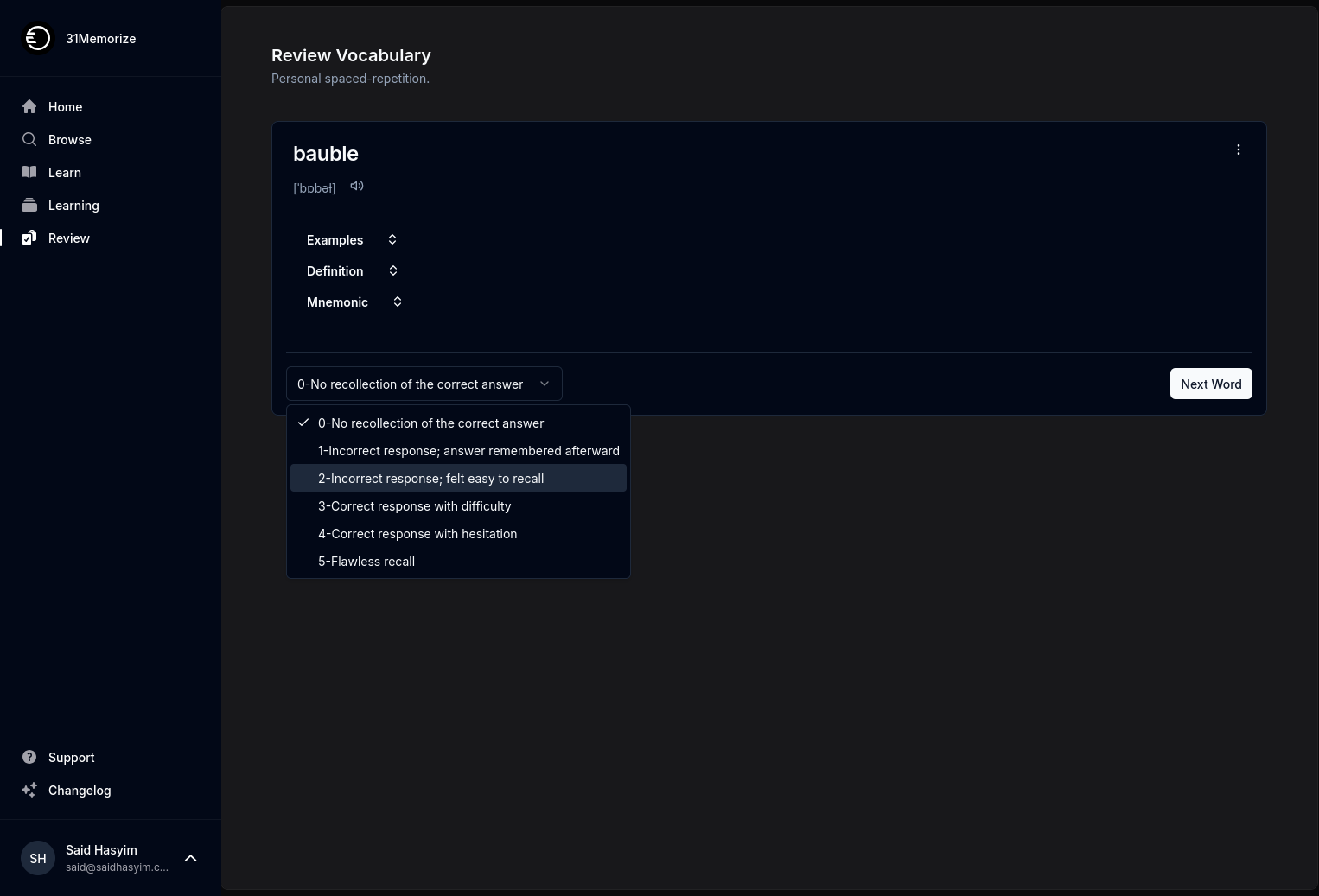How to Interpret Ratings for Better Writing
In the age of digital content, writing has become a multifaceted craft that goes beyond mere words on a page. Whether it’s articles, blogs, reviews, or social media posts, the way readers interact with your writing is influenced by various factors, including the ratings and feedback they encounter. Understanding ratings—not just your own but those pertaining to the genre, content type, and audience preferences—can greatly enhance your writing skills and help convey your message more effectively. In this post, we’ll explore how to interpret ratings to improve your writing and connect with your readers on a deeper level.
Understanding Ratings: The Basics
Ratings are often numerical (like a 1 to 5-star system) or categorical (like thumbs up/down), providing a quick snapshot of how content is perceived by an audience. They are typically based on several criteria, including:
- Quality of Content: The depth, accuracy, and originality of the writing.
- Engagement Level: How well the content resonates with the audience and encourages interaction.
- Clarity and Structure: The organization of ideas and ease of readability.
- Relevance: How pertinent the content is to current trends or reader interests.
While these criteria can vary by platform or genre, each component plays a vital role in determining the overall rating of a piece.
Why Ratings Matter
Reader Insights: Ratings can provide insight into your audience's preferences. High ratings may indicate what works well, while low ratings highlight areas needing improvement. This understanding is crucial for tailoring your writing to better meet your audience's expectations.
Benchmarking: Analyzing ratings from various pieces within your niche can serve as a benchmark. Studying high-rated pieces can reveal common themes, writing styles, and topics that resonate with readers, which you can emulate or adapt in your own work.
Feedback Loop: Ratings act as a feedback mechanism that encourages continuous improvement. As you receive ratings over time, you can track your progress and identify trends in what readers appreciate or criticize.
How to Interpret Ratings
1. Look Beyond the Numbers
While a single rating (such as 3 out of 5) provides a snapshot view, it’s essential to look deeper into the why behind the rating. Read reviews and comments whenever available. Are there specific aspects mentioned frequently, such as the clarity of your arguments or the engaging nature of your storytelling? Dissecting qualitative feedback can provide a richer understanding than numbers alone.
2. Identify Patterns in Ratings
As you analyze multiple pieces, identify patterns. Perhaps your blog posts on personal experiences receive higher ratings than analytical pieces. Alternatively, you might find that detailed, research-driven articles rank better on certain platforms than opinion-driven ones. Recognizing these patterns can guide you in choosing topics that inherently resonate with your audience.
3. Contextualize the Ratings
Consider the broader context surrounding the ratings. For instance, were there significant events happening at the time of your writing that might have affected reader engagement? Was there a surge of interest in a particular topic that led to higher ratings? Understanding context can help you recognize if lower ratings stem from external factors rather than the quality of your writing.
4. Compare with Similar Content
Evaluate how your work compares to similar content in your field. This can be especially illuminating if you notice that your ratings trend lower than those of your peers. It can prompt you to dissect their content for strengths you might be lacking or areas they focus on that you don’t.
5. Embrace Constructive Criticism
Negative ratings can sting, but they are often the most informative. Analyze these critiques to determine if there’s a recurring theme that you can address. For example, if multiple reviews mention your piece being overly complex, consider simplifying your writing style or breaking down complex ideas into more digestible parts.
6. Be Mindful of Audience Expectations
Audience expectations can differ based on the platform and content type. An audience on an academic platform may prioritize rigor and depth, while those on social media may favor brevity and engagement. Understanding these nuances enables you to tailor your writing to fit the audience and receive better ratings.
7. Experiment with Your Style
Integrating insights gleaned from ratings and feedback can be beneficial, but don't be afraid to experiment with your style and content. Use your interpretations as a springboard for innovation rather than a straitjacket limiting your creativity. Test different formats, tones, and subjects to see how your audience responds.
Conclusion
Interpreting ratings is an invaluable skill for writers who strive for continuous improvement. By understanding what drives ratings—both positive and negative—you can refine your writing to better connect with your readers. Remember to take a holistic view, considering both the quantitative aspects and qualitative feedback, to harness the full potential of ratings as a tool for growth.
Writing is a journey, and ratings provide one path toward better engagement and communication. Armed with the insights derived from ratings, you can take your writing to new heights, creating compelling content that resonates with your audience and stands out in the digital landscape.
Embrace ratings not merely as measures of success or failure, but as constructive tools that inform your writing journey. With each piece, you gain invaluable lessons; using ratings wisely will ensure your growth as a writer is both fulfilling and impactful. Happy writing!
